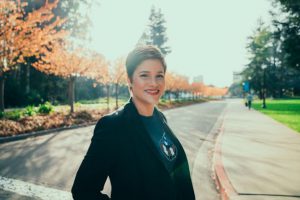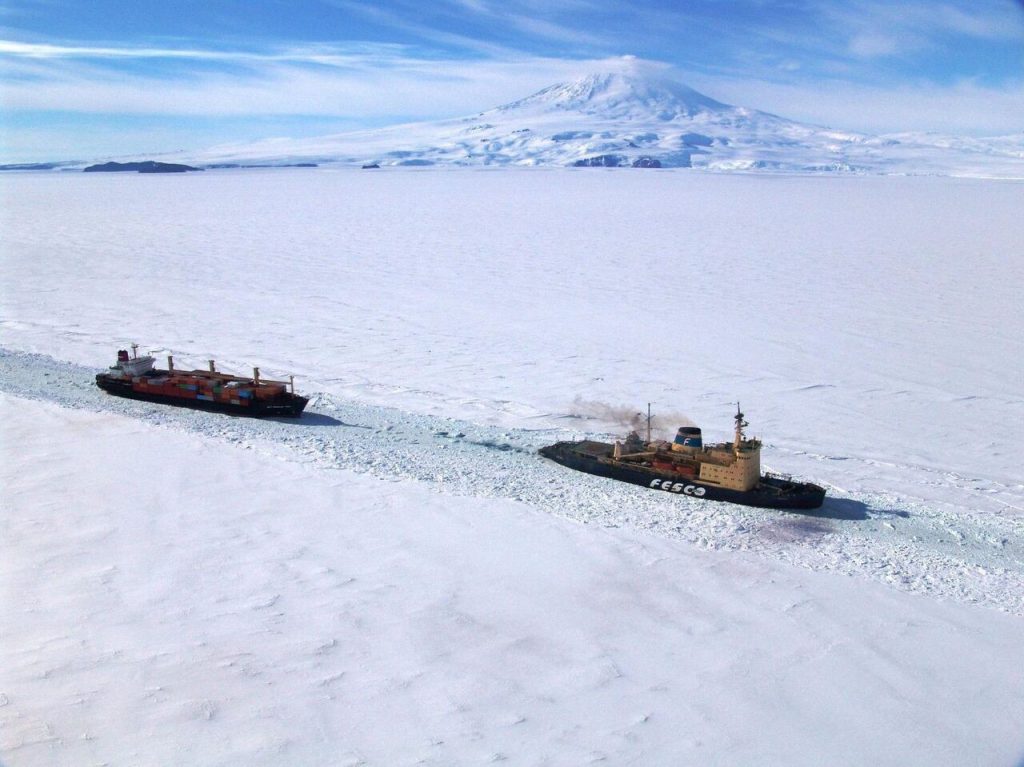For January’s community call we focused on resilience. The topic of this year’s Community Manager Advancement Day, resilience is particularly important for scientific community managers, who tend to be prone to burnout due to busy and somewhat ambiguous roles, which require rapid switching between a broad range of skills. In addition, scientific community managers often work alone, behind the scenes, and with limited institutional support.
Following two prior presentations on resilience for CSCCE fellows, CEFP 2017 alumna Jennifer Davison agreed to share her talk with the entire community. You can watch Jen’s presentation in full below, or read on for a brief recap. Also in this post, a collection of tips for building a personal resilience practice gathered from the participants in the call, and a host of resources from blog posts to books to podcasts.
Continue reading “January’s community call recap: (Personal) Resilience and Community (Management)”…resilience is seen as the capacity to withstand change for some time but also, past a certain point, to transform while continuing or regaining the ability to provide essential functions, services, amenities, or qualities.
Moser, 2008



